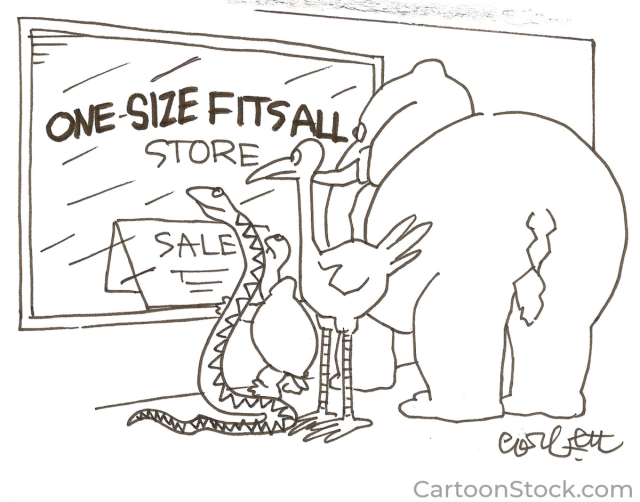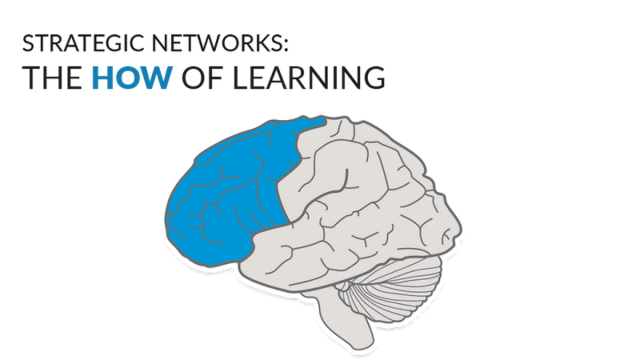Introduction to Multiple Means of Action and Expression

Think of all the different ways in which learners express their understanding and skills in the online learning environment. Think beyond just assessments.
The Action and Expression principle examines ways to support the variability with which learners navigate a learning environment and express what they have learned. Just as we discovered with the other two UDL principles, learners differ in the ways that they can express what they value, know, and can do. Learners communicate optimally in certain modalities depending on the context and learning materials. There is no singular means of action and expression that will be optimal for all learners in all contexts. As such, providing various options for action and expression is essential for responding to the needs and talents of the widest range of learners possible.
Action and expression also require strategy, practice, and organization, which are other areas in which learners can differ. The Multiple Means of Action and Expression principle (the “how” of learning) helps us provide options and supports so everyone can learn, create, and share in ways that work for them. The essential goal of this principle is to facilitate the growth of strategic, action-oriented, lifelong learning skills. This video reviews the part of the UDL framework that considers the Action and Expression principle.
Introduction to Multiple Means of Action and Expression
[music]
>> Hello, everyone. In this fourth video we are going to focus in on the ‘how’ of learning and the principle called multiple means of action and expression. Although this principle is presented as the last or third principle, there really is no hierarchy amongst them. They are all interconnected and overlap in different ways. This principle is all about activating the strategic networks at the front of the brain. The action and expression principle focuses on supporting learners in expressing, planning, organizing and being action-oriented and strategic.
As you can see, there are three guidelines, of course. The UDL framework loves to work in threes. At the access level at the very top, the guideline is providing options for interaction. This provides a prompt for you to consider if your learners can navigate the physical environment, tools, assistive technologies and learning materials. When you consider assessment, you can see how the principles overlap at the access level. For example, at the access level, when educators create assessments for action and expression, you can welcome interests and identities in the assessment; ensure you design multiple options for perception through representation; and of course, confirm all learners can physically access and perform the assessment. The interaction guideline prompts educators to vary the methods for response, navigation and movement and optimize access to tools, materials and assistive technologies.
At the support level, you can consider multiple options for we learners to express what we value, know and can do. Some questions teachers can ask themselves include: do learners have many ways to solve the problem instead of just one? And do they have multiple opportunities to practice? Am I providing formative assessment and scaffolding for learners to fully express what they value, know and can do? The expression and communication guideline includes the following check points: Use multimedia for communication. Use multiple tools for construction, composition and creativity. Build fluencies with graduated levels of support for practice and performance. And address biases related to modes of expression and communication.
At the final level, the executive function level, educators are designing options to develop different executive functioning skills. Some prompts to consider as you plan your learning environments include: are learners’ goals meaningful and appropriately challenging? Do learners know how to plan strategically? Are they given opportunities to practice? Are learners being helped in managing their learning? Do they know if they are improving or not? The Strategy Development guideline offers the following considerations: set meaningful goals; anticipate and plan for challenges; organize information and resources; enhance capacity for monitoring progress and challenge exclusionary practices.
As a post-secondary learner myself, I am always moving toward that ultimate goal of developing learner agency and to that end, multiple means of action and expression focuses on the goal of becoming strategic and action-oriented. As we develop agency as learners, we can extend these skills into other domains and future areas of study.
Introduction to Multiple Means of Action and Expression - Runtime 4:10 min
https://www.youtube.com/watch?v=CyYFRPnfCuo
The Multiple Means of Action and Expression principle consists of three main guidelines:
- design options for interaction,
- design options for expression and communication, and
- design options for strategy development.

The “How” of Learning: Our Brain’s Strategic Networks

Strategic networks of the brain are responsible for cognitive flexibility and the memory operations used to regulate inhibitions, manage complex tasks, and reflect on progress. Strategic networks of the brain correspond to the UDL principle of Action and Expression.
Our brain’s strategic networks include the prefrontal cortex, which is largely responsible for strategy development. Strategy development requires cognitive flexibility when managing complex tasks (Reid, 2019). This requires students to “consistently reflect on their progress and be flexible enough to choose more appropriate strategies in an attempt to successfully complete the task” (Chardin & Novak, 2020).
Online learning, perhaps more so than face-to-face learning, requires students to be increasingly independent if the synchronous elements of the course are decreased or if the scaffolds in the online course are not as apparent. There are many ways to support students’ development of executive functioning in the online environment through all three UDL principles. For example, at the beginning of a course and program, it’s important to develop shared expectations for how to engage in the learning environment. These ideally support the learning goals of the course and what students are hoping to achieve through their learning. Clear goals are central and meaningfully drive our nervous systems to “build connections, connect to background knowledge, and practice for expertise” (CAST, 2018).